

Volume 72
Published on July 2025Volume title: Proceedings of ICADSS 2025 Symposium: Art, Identity, and Society: Interdisciplinary Dialogues
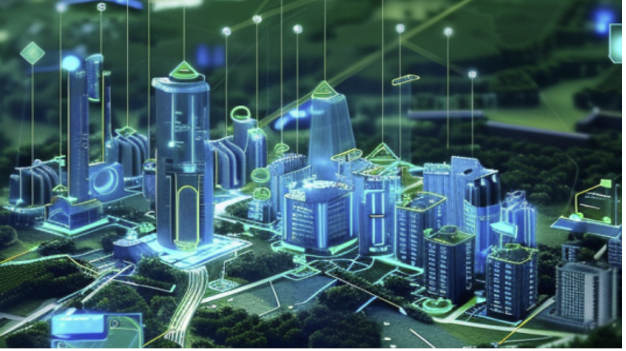
As modern cities are primarily oriented toward economic growth rather than improving quality of life, the lack of humanistic care has become an important issue. The author explores the evolution of architectural and urban design workflows from traditional hand-drawing to AI-integrated design, reflecting on the shortcomings and improvement paths of high-tech architecture and urban design in terms of humanistic care, in conjunction with the Wetware theory. The hardware and software eras, centered on efficiency, led to emotional isolation and the lack of humanistic qualities in urban spaces. However, the Wetware era, through AI-integrated design and guided by "humanistic increment," transforms technological tools into creative partners, integrating emotional and ecological metaphors, and reconstructing the "technology-life-humanism" symbiosis. Finally, this paper reviews the ethical issues and technological limitations of AI workflows and offers prospects for future developments. Technological progress in design has emphasized efficiency, leading to emotional detachment and a lack of humanism in cities. The Wetware era seeks to rebuild the "technology-life-humanism" connection, using AI to express emotion and individuality. Yet, AI is mainly used in early stages, and challenges in technical compliance, ethics, and the role of designers remain.

 View pdf
View pdf


Macbeth, as a representative of Shakespeare’s classic tyrant image, reflects the complex psychological contradictions of the character under moral dilemma. Traditional scholarship on Macbeth has long framed the witches as supernatural agents of fate and Lady Macbeth as the manipulative force that awakens Macbeth’s dormant ambition. Such interpretations, however, risk oversimplifying Macbeth’s agency and flattening the psychological symbiosis between the characters. Through analysing the interaction between Macbeth and the witches and comparing the psychological development of Macbeth and Lady Macbeth towards the three murders, this paper argues that Macbeth’s tyranny reflects a parasitism of desire, where psychological outsourcing—a deliberate transfer of agency to the external “host”—allows him to externalize moral conflicts while covertly pursuing ambition. The witches are not external prophecies but manifestations of Macbeth’s latent ambition, while Lady Macbeth functions as a temporary “host” onto whom he projects his morally inadmissible cravings. Meanwhile, he gradually regains and internalizes this desire from Lady Macbeth, which eventually leads to Lady Macbeth’s death and his fusion of the tyrant’s personality. By recasting their relationship through the perspective of parasitic dependency, this paper reasserts Macbeth’s central role in his downfall and illuminates Shakespeare’s critical portrayal of desire as a self-destructive force.

 View pdf
View pdf


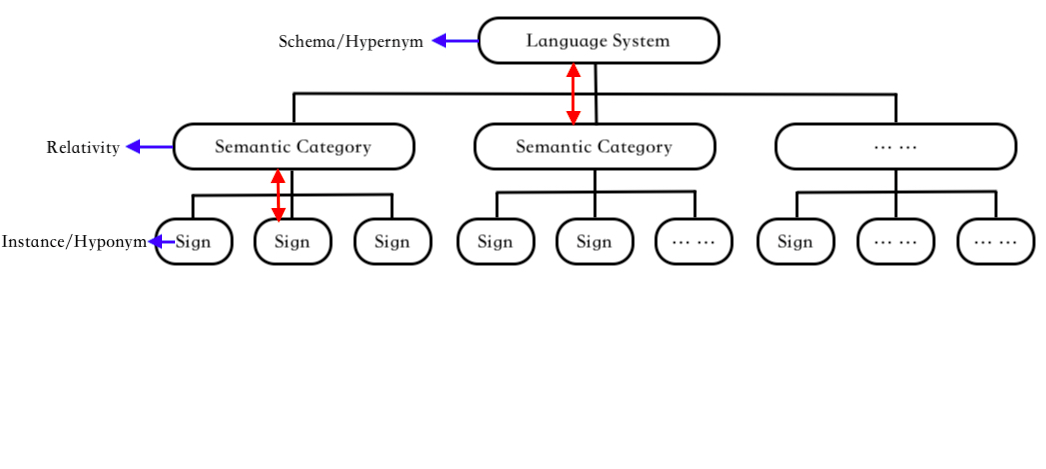
Hyponymy is a common phenomenon in linguistics. Although hyponymy has been widely used in daily life, seldom will people pay attention to the mechanisms that lead to hyponymy. In order to solve this problem, this paper aims to explore the deep meaning of hyponymy and intends to re-explain it on the basis of Saussure’s system-based theory. By introducing and comparing the relevant concepts, including Saussure’s system-based theory and the definition of hyponymy in a general sense, this paper argues that the relationship between hypernym and hyponym has some similarities with the schema-instance relationship, which is reflected by Saussure’s language system. Based on Saussure’s system-based theory, this paper succeeds in re-explaining the deep meaning of hyponymy from both the longitudinal dimension and the crosswise dimension and providing a new explanatory path for hyponymy. Results show that language is a holistic system, where the hierarchical, transitive, irreversible and relative characters are founded in the longitudinal analysis, and the difference and opposition in the same layer occur in the horizontal study.

 View pdf
View pdf


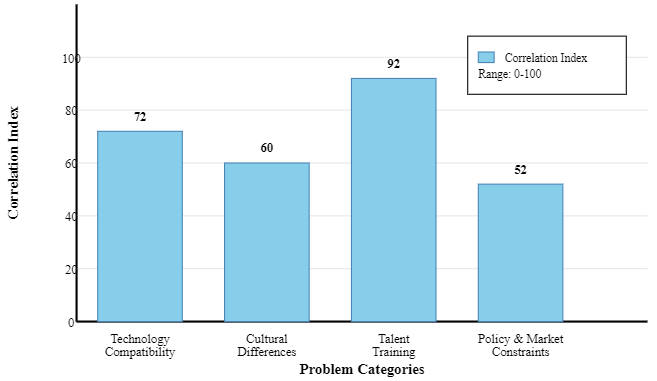
Contemporary environmental design is facing dual challenges of technological innovation and cultural inheritance. The rapid development of digital manufacturing technology provides unprecedented innovation possibilities for environmental design, while the cultural values and craftsmanship spirit embedded in traditional crafts constitute important foundations for design. This study employs methods including literature analysis, case studies, and field research to deeply explore the integration models, implementation pathways, and development prospects of digital manufacturing technology and traditional crafts in contemporary environmental design. The research findings reveal that the integration process faces issues such as insufficient technical compatibility, cultural cognitive differences, and lagging talent development. In response to these problems, this paper proposes countermeasures and suggestions including technical standardization construction, cross-cultural design concept cultivation, and talent development system improvement. The research results indicate that the deep integration of digital manufacturing technology and traditional crafts can not only enhance the innovation capability of environmental design but also effectively protect and inherit traditional culture, providing new approaches for sustainable design development.

 View pdf
View pdf


In today's internet-enabled world, where the popularity of social media use has become the norm. Social media, as a platform for people to exchange information and share their lives, tends to make people lose their sense of time and at the same time feel dependent on social media platforms. The emergence of this phenomenon just goes to show that social media can be addictive to people with poor self-control. To explore the impact of social media on people specifically, this study selects a group of college students and explores the key effects that social media addiction has on college students. At the same time to provide a theoretical basis for the prevention of students' physical and mental health in colleges and universities, this experiment used the questionnaire method to collect 111 samples, and the collected data were analysed for reliability and validity, and the Clonbach coefficient was obtained as 0.797 (0.7 < α < 0.8) to prove that the survey has a good reliability. Through the correlation test, it was obtained that there is a negative correlation between social media addiction and college students‘ sleep quality, a negative correlation between social media addiction and college students’ social relationships, and a positive correlation between social media addiction and college students' mood swings. The somatic and psychological health conditions of college students are significantly affected by social media dependence disorder, and the more addiction there is, the greater the impact on their physical and emotional health, including both physical and mental aspects.

 View pdf
View pdf


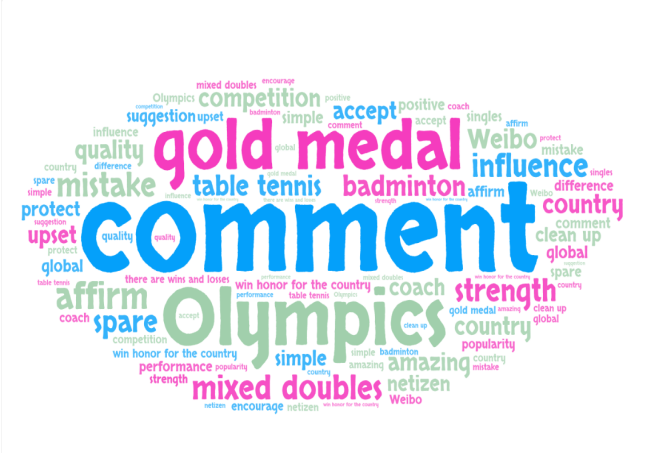
This article takes the ecology of competitive sports in China as research object, select typical cases of competitive sports, using big data scraping tools web crawling technology and building web crawling programs to extract the reviewers' feelings, trends (positive, negative, neutral) and the frequency of comment word by capturing the news content, comment content and reply comments on social media such as Tiktok, Weibo, Xiaohongshu, etc for the analysis ang research on the phenomenon of "Fan Circle" in competitive sports .The results show that the phenomenon of “Fan Circle” in Chinese competitive sports is becoming increasingly prominent, it seriously damaging the healthy competitive sports ecology system which is with competition oriented, diverse coexistence, and sustainable development. At the same time, this article proposes rectification measures and regulatory suggestions for the phenomenon of the "Fan Circle" in competitive sports, including strengthening the main responsibility of the Internet, stimulating the leading role of mainstream media and public figures, doing a good job in media professional quality education and information control, improving the legal system, etc. It can provide reference and strategic support for building a green, healthy, and harmonious sports ecologyhat not only maintains the purity of competitive sports spirit, but also adapts to the commercialization and popularization needs of modern society, and it has certain reference significance.

 View pdf
View pdf


This study examines how public art, as an integrated entity of spatial practice, cultural representation and social responsibility, reconstructs the relationship between urban space and human society. Based on Lefebvre's theory of space production and Merleau-Ponty's embodied cognition theory, through comparative analysis of representative cases including the Jewish Museum Berlin and the CONSCIENCE installation in Stockholm, the research reveals the tension between aesthetic, ethical and commercial dimensions in public art. Ultimately, this research underscores public art’s significance as a catalyst for societal reflection and transformation. It calls for ethical frameworks that prioritize heterogeneous narratives and participatory co-creation, ensuring public art remains a vital medium for spatial justice, cultural dialogue, and collective identity in evolving urban landscapes.

 View pdf
View pdf


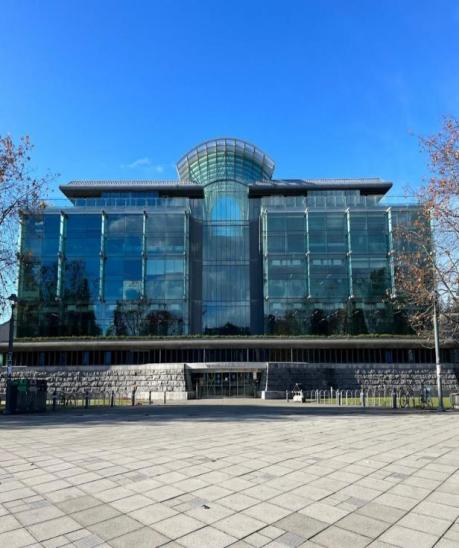
This paper compares the main axis architectural designs of the University of British Columbia (UBC) and Tsinghua University from cultural and environmental perspectives. Both universities embody unique historical and cultural values, reflected through their spatial organization and architectural elements. UBC, located in Vancouver on the traditional territory of the Musqueam people, integrates modernist architecture with Indigenous art and sustainable design principles, highlighting themes of reconciliation, inclusivity, and ecological innovation. In contrast, Tsinghua University in Beijing exemplifies Chinese classical symmetry, Confucian values, and cultural heritage through its axial layout, historic buildings, and garden aesthetics. This research investigates how each campus uses its main axis to express cultural identity and environmental consciousness. It employs two theoretical frameworks—Unsettling Settler Colonialism and Palladio Virtuel—to analyze the symbolic and functional aspects of architectural design. The study finds that while UBC emphasizes multicultural integration and ecological responsibility, Tsinghua focuses on cultural continuity, order, and a harmonious relationship between architecture and nature. The findings suggest that campus main axis design is not only a spatial tool but also a medium for cultural expression and environmental engagement. This study contributes to current academic discourse on campus planning by offering comparative insights into how architecture negotiates between tradition, modernity, and sustainability.

 View pdf
View pdf


As a technological empowerment tool, social media is profoundly reshaping the path of individual identity construction. Users reinterpret and reconstruct the traditional identity structure in the digital environment through role-playing, symbolic expression, etc., so as to achieve the recognition of self-expression and group belonging. However, this digital identity construction characterized by mobility has also caused a series of problems in virtual communities, leading to the complexity of identity and an increased sense of crisis. This article analyzes the correlation mechanism between identity structure and cultural conflict in combination with the theory of sociology and communication, and puts forward a governance path in order to build an inclusive virtual community as a reference and explore the identity structure. This study focuses on language use, interaction patterns and information dissemination mechanisms on social media platforms, and analyzes how these factors affect the construction and expression of individual identity. By deeply exploring the behavior patterns of users in different social media environments, the intrinsic connection between identity construction and cultural conflict can be revealed. Through case studies, we analyze how interaction within a specific community leads to the amplification of cultural differences and community polarization. On this basis, a targeted governance strategy is proposed to promote the harmonious coexistence of virtual communities and enhance mutual understanding and tolerance among community members.

 View pdf
View pdf


As the penetration rate of social media among teenagers continues to rise (with global teenage users accounting for 87%), its potential impact on mental health has become a focal point of academic and societal attention. As "digital natives," teenagers are frequently exposed to the virtual social environments constructed by social media, leading to psychological issues such as depression and anxiety that urgently require in-depth analysis. This study focuses on "fear of missing out" (FOMO) as a core mediating variable, systematically integrating over 30 empirical studies from both domestic and international sources over the past five years. Using bibliometric and meta-analysis methods, it explores the dynamic association mechanisms between social media usage frequency, usage motives (active socializing vs. passive browsing), and adolescent mental health. The findings indicate that the impact of social media on adolescent mental health is context-dependent, with FOMO serving as the core link between behavioral patterns and psychological states. Future research should combine longitudinal tracking and neuroscientific techniques to further reveal differences in the effects of various platforms, and develop precise intervention strategies from dimensions such as digital literacy education in schools and the development of technology warning functions, to help adolescents balance virtual social interactions with real life.

 View pdf
View pdf




